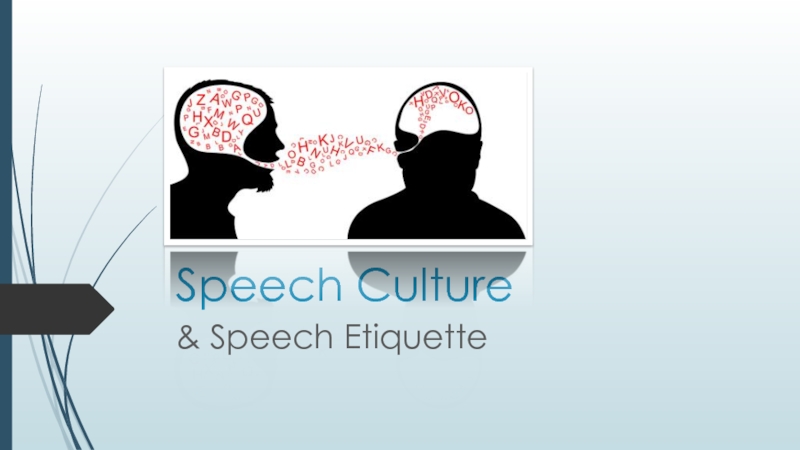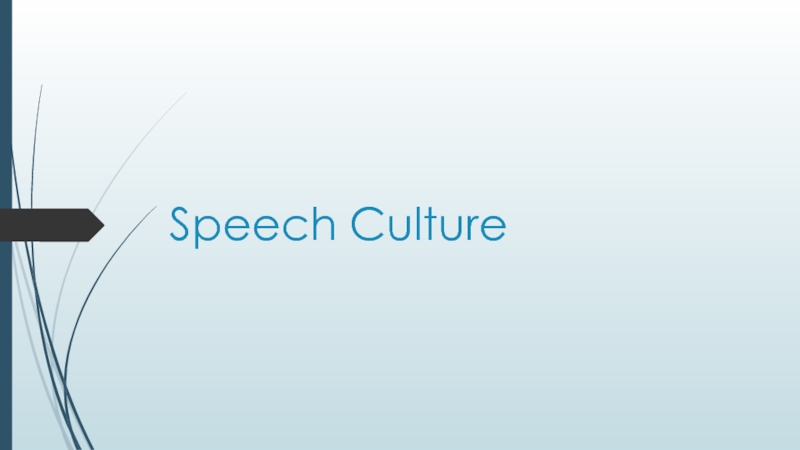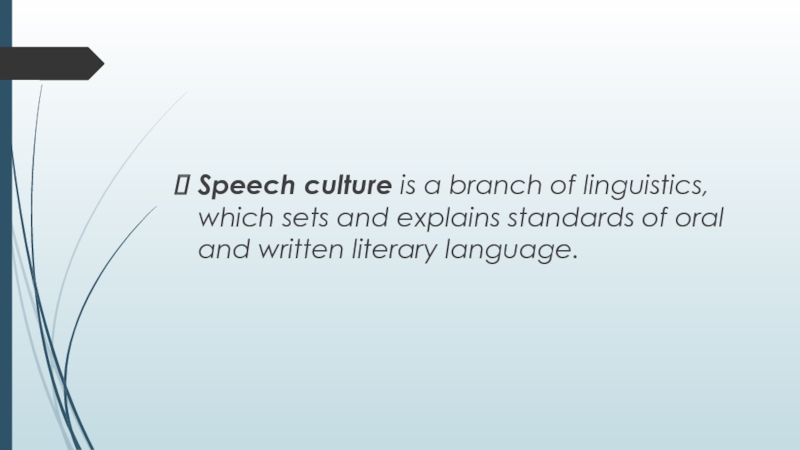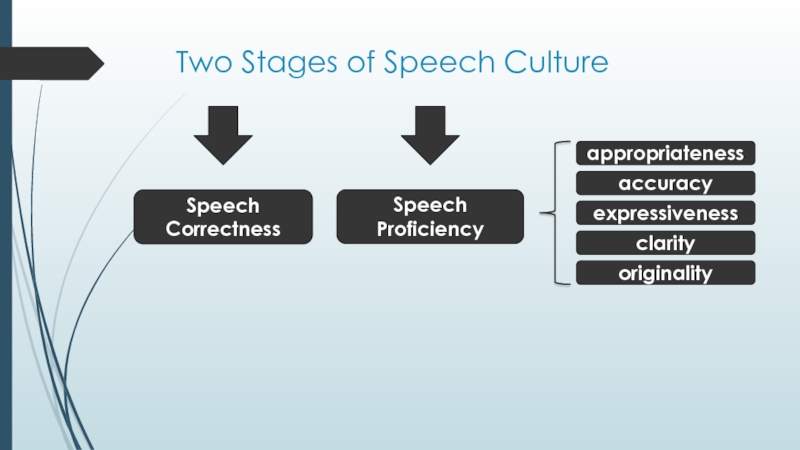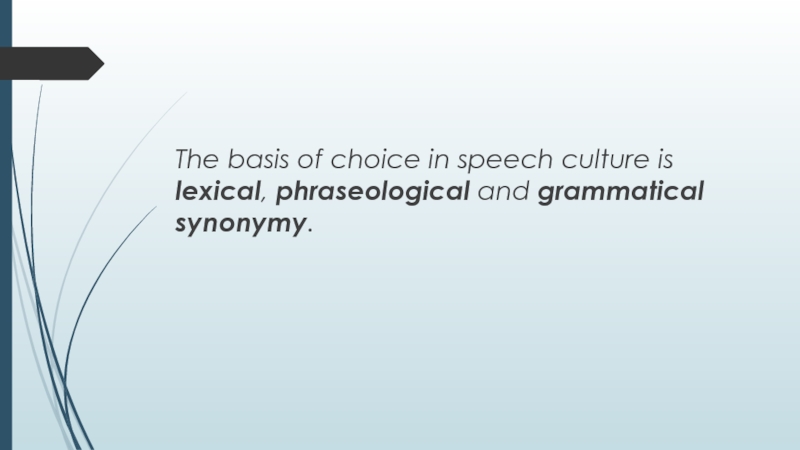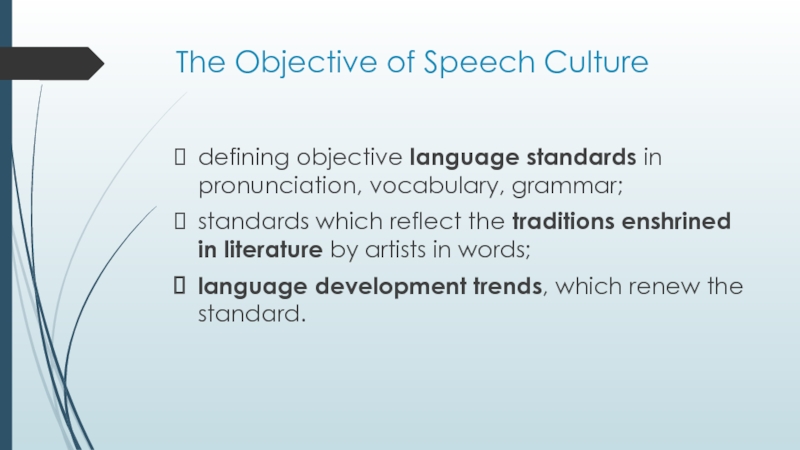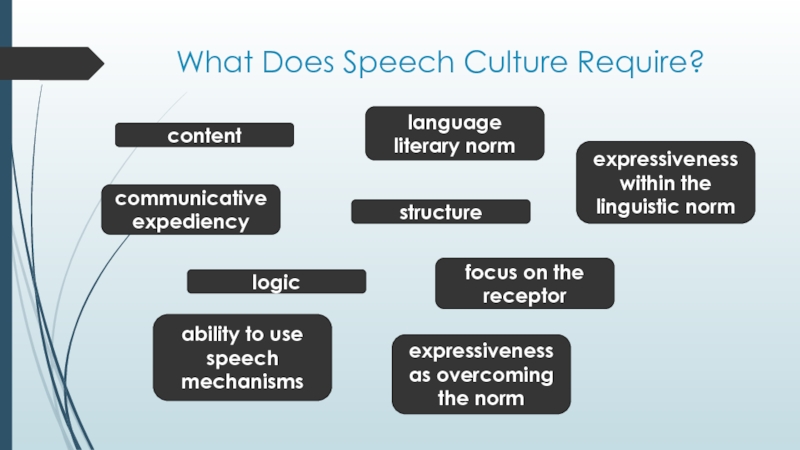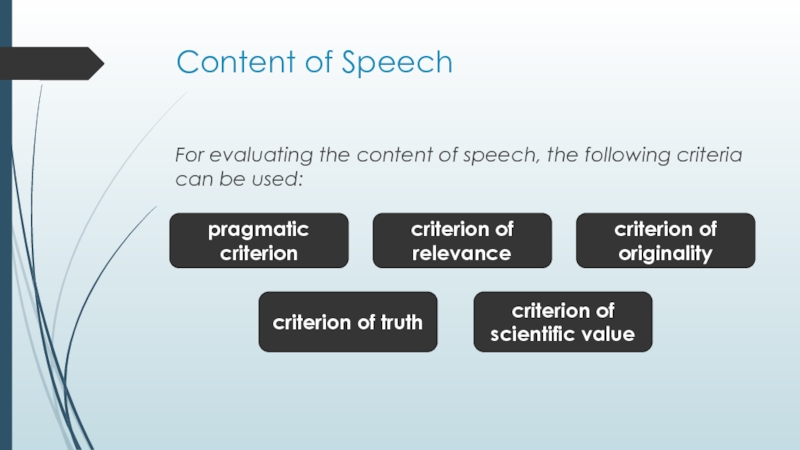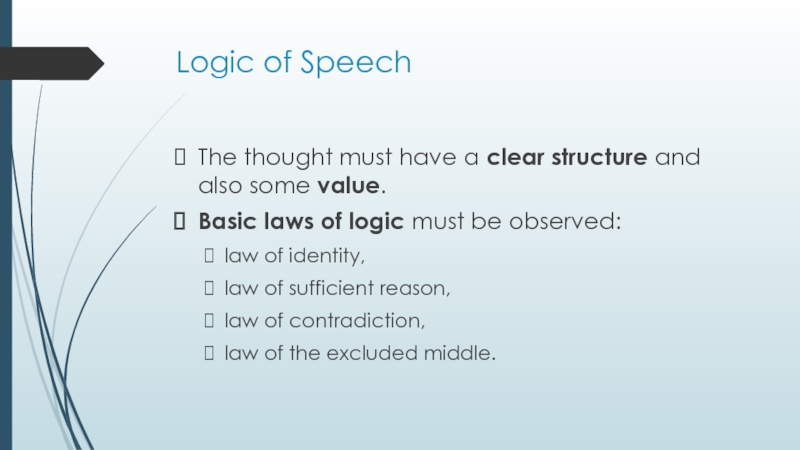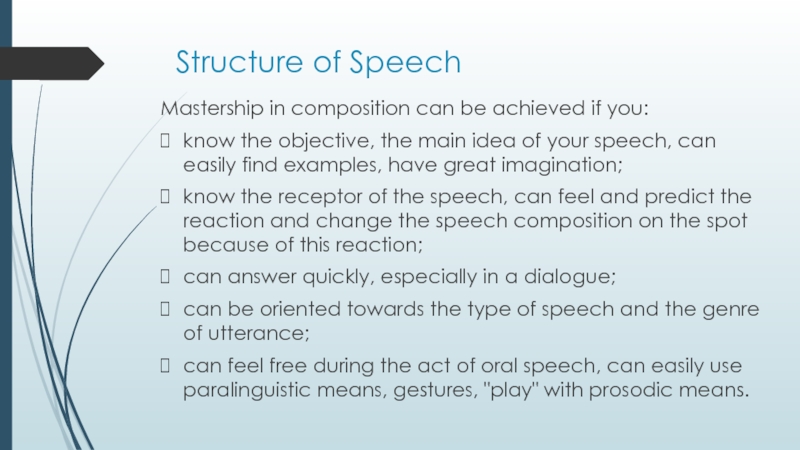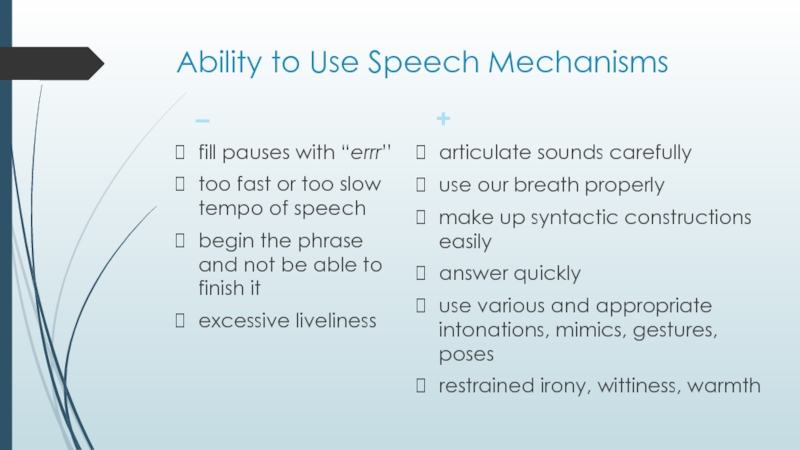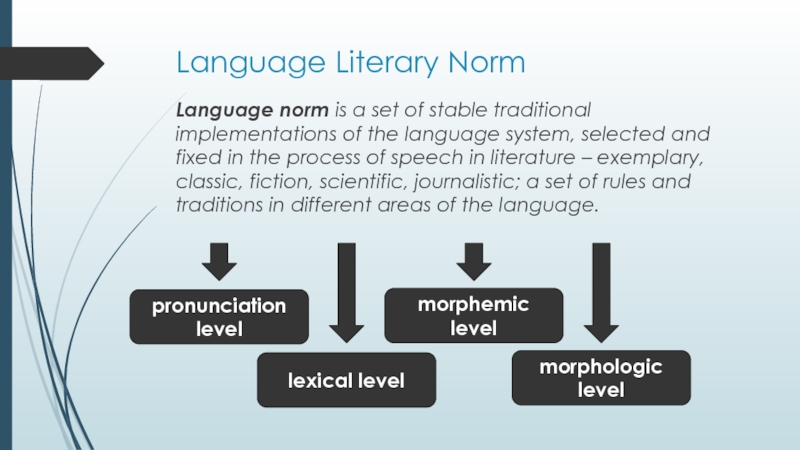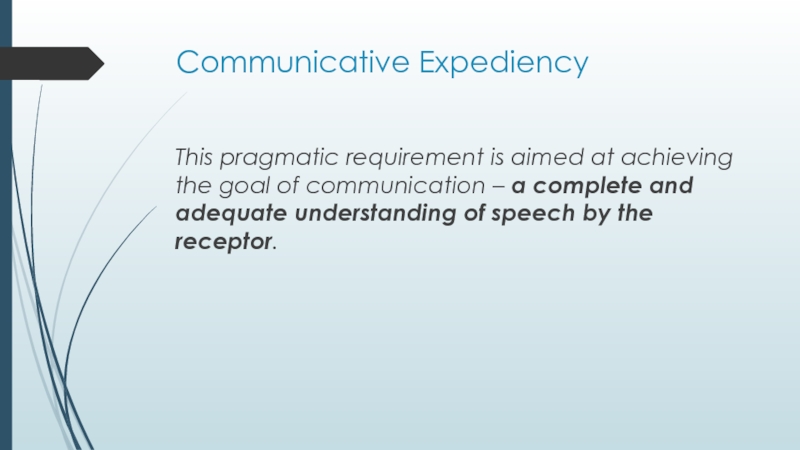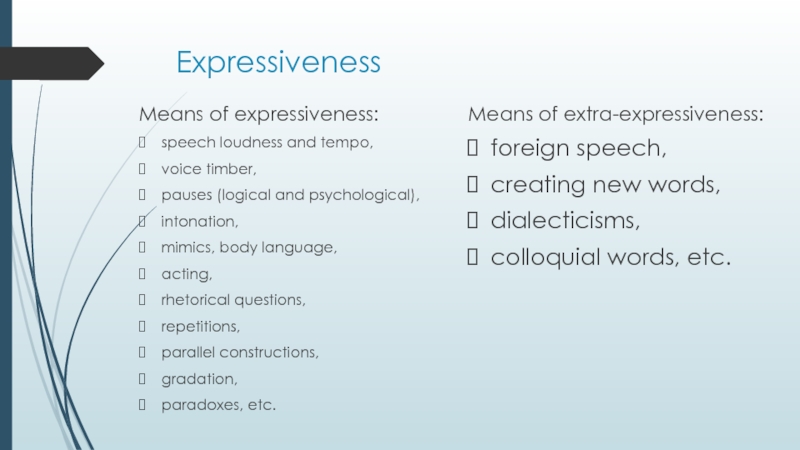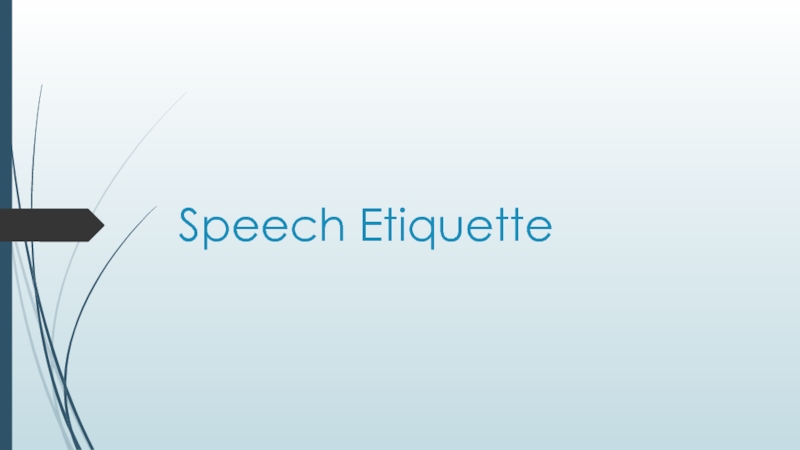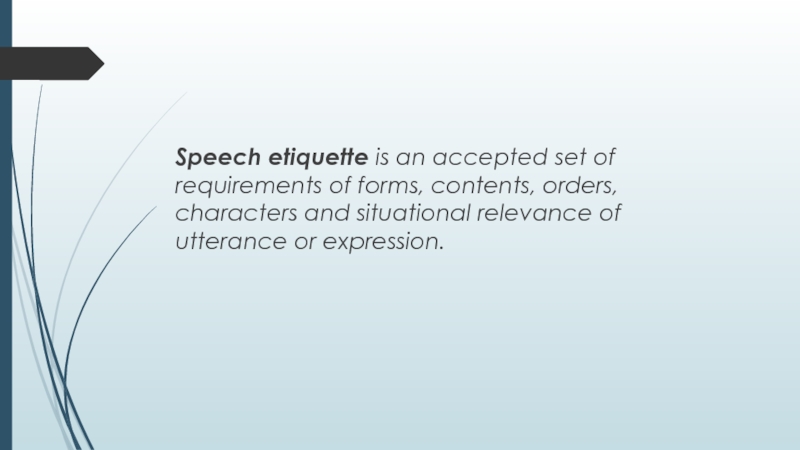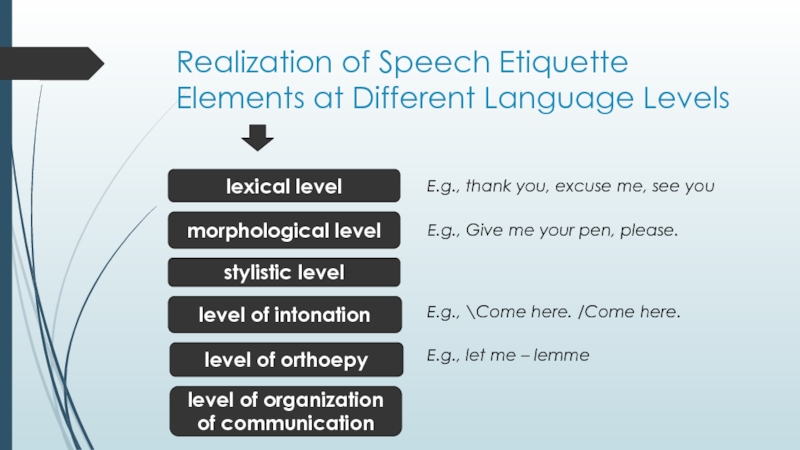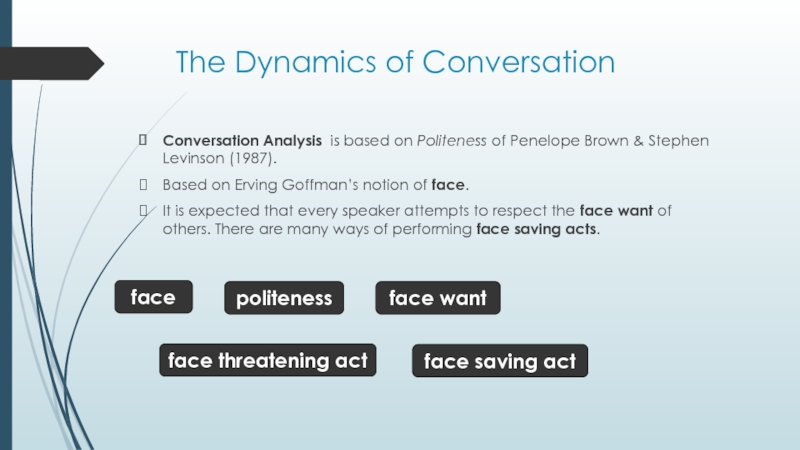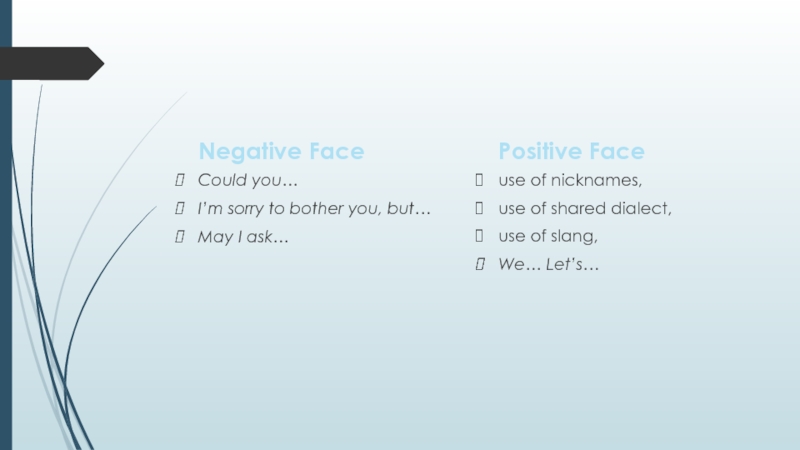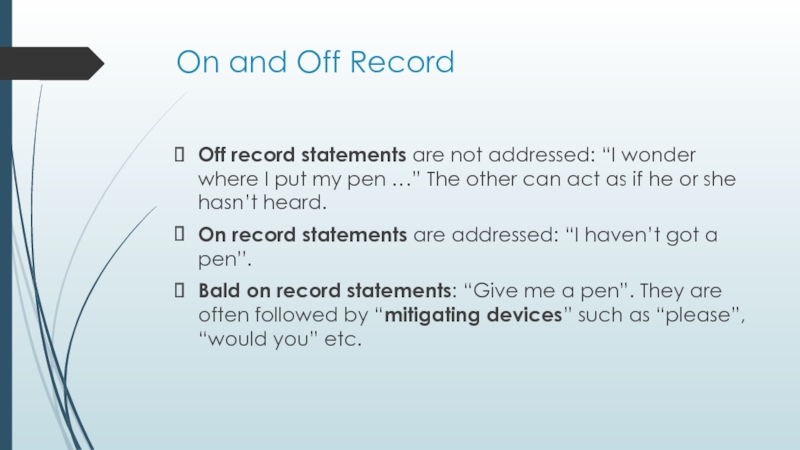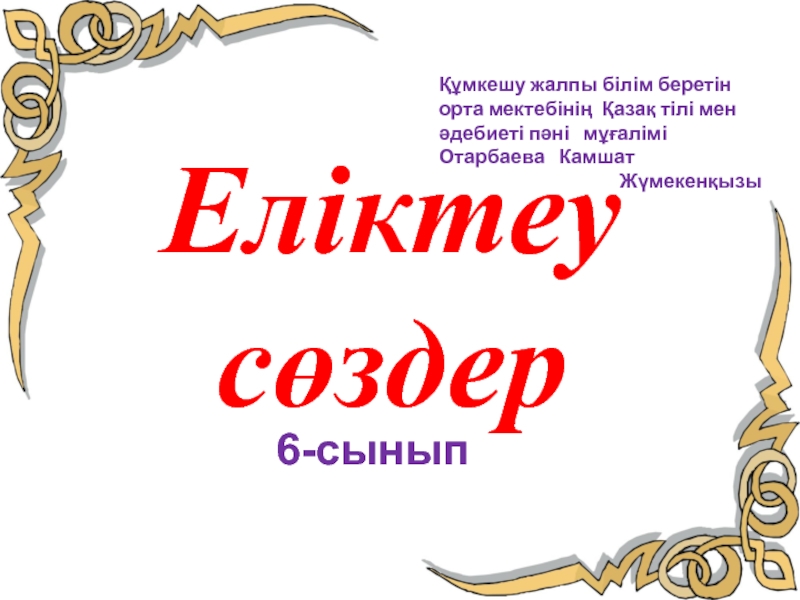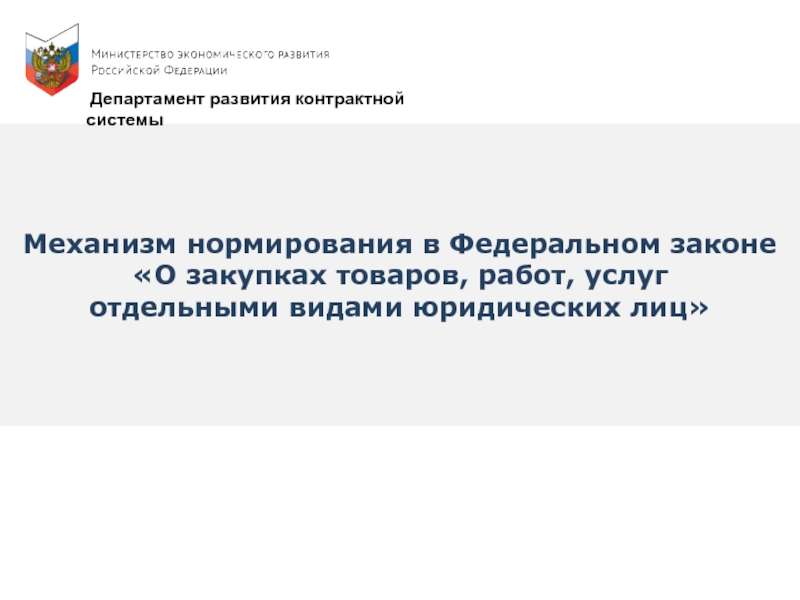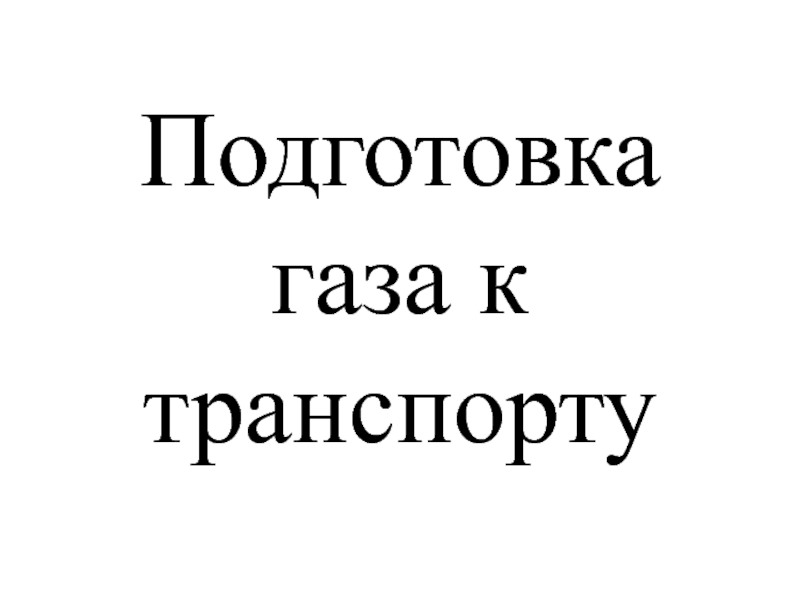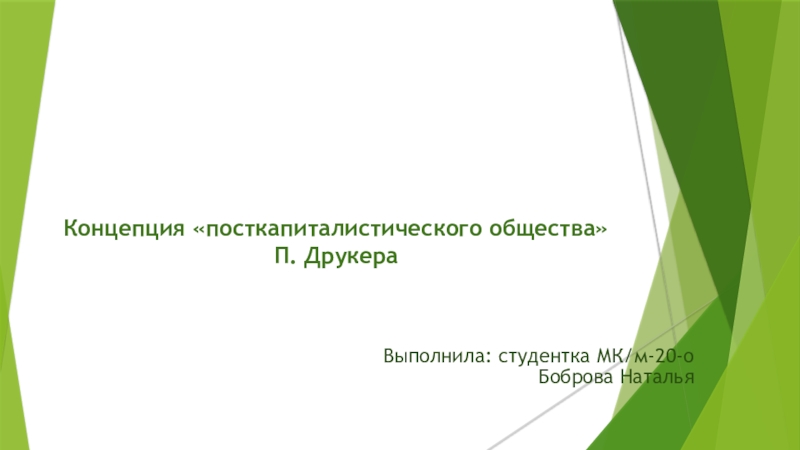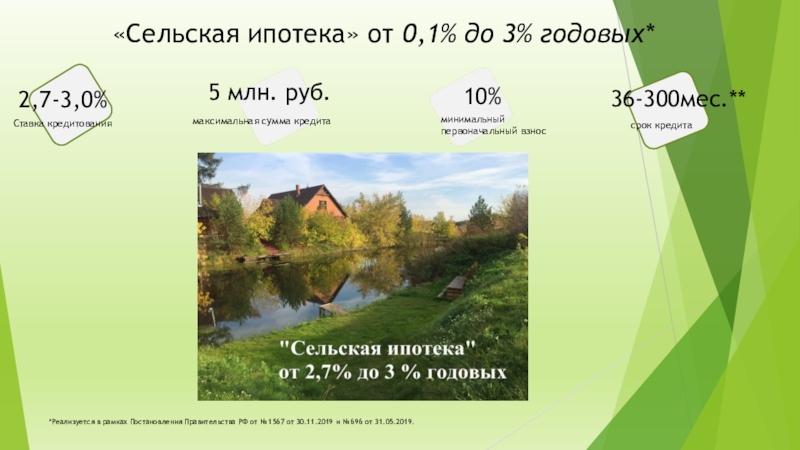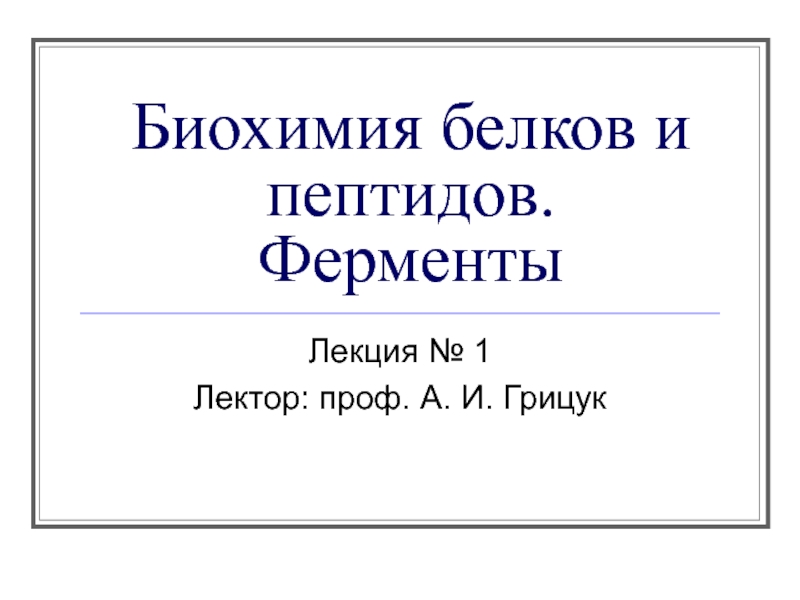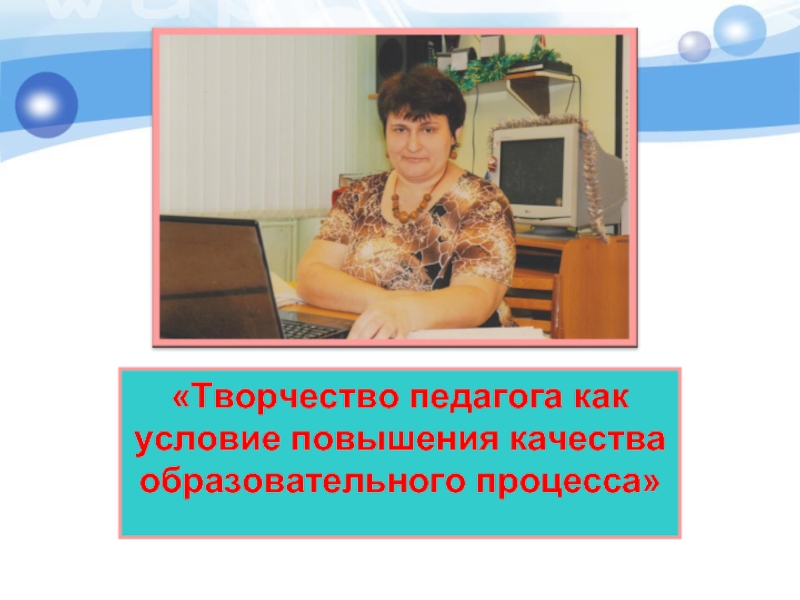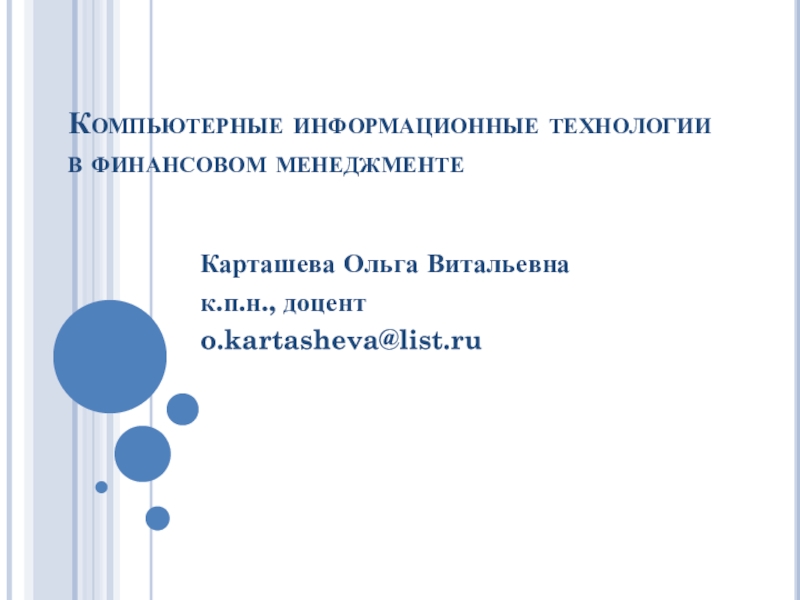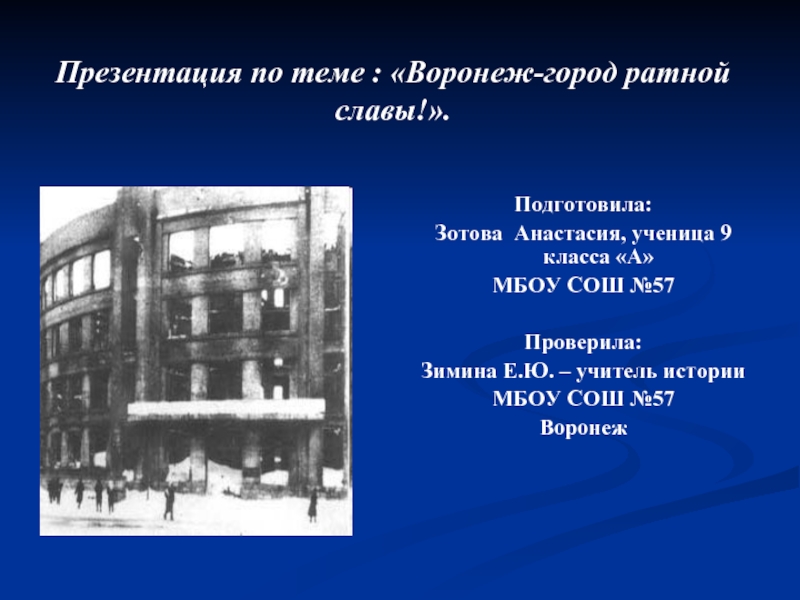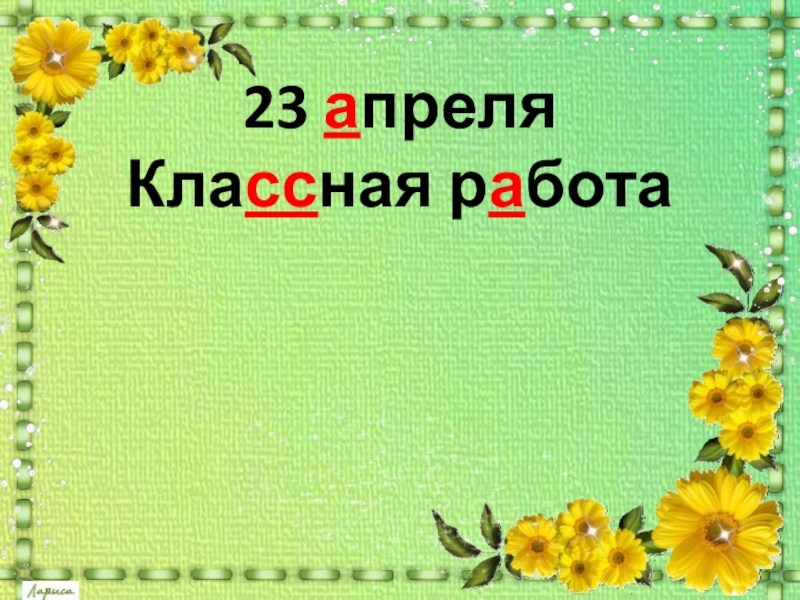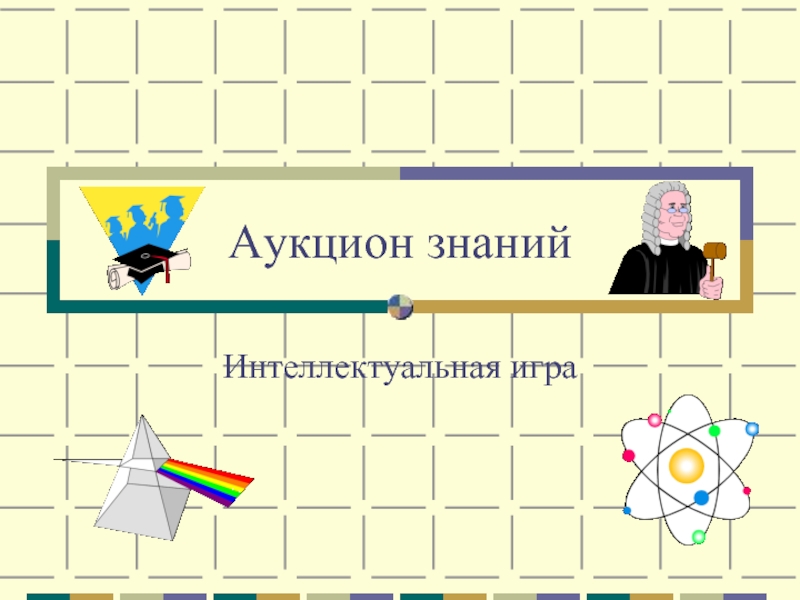Разделы презентаций
- Разное
- Английский язык
- Астрономия
- Алгебра
- Биология
- География
- Геометрия
- Детские презентации
- Информатика
- История
- Литература
- Математика
- Медицина
- Менеджмент
- Музыка
- МХК
- Немецкий язык
- ОБЖ
- Обществознание
- Окружающий мир
- Педагогика
- Русский язык
- Технология
- Физика
- Философия
- Химия
- Шаблоны, картинки для презентаций
- Экология
- Экономика
- Юриспруденция
Speech Culture
Содержание
- 1. Speech Culture
- 2. Speech Culture
- 3. Speech culture is a branch of linguistics,
- 4. Two Stages of Speech CultureSpeech CorrectnessSpeech Proficiencyappropriatenessaccuracyexpressivenessclarityoriginality
- 5. The basis of choice in speech culture is lexical, phraseological and grammatical synonymy.
- 6. The Objective of Speech Culture defining objective
- 7. What Does Speech Culture Require?contentstructurelogiclanguage literary normcommunicative
- 8. Content of SpeechFor evaluating the content of
- 9. Logic of SpeechThe thought must have a
- 10. Structure of SpeechMastership in composition can be
- 11. Ability to Use Speech Mechanisms–fill pauses with
- 12. Language Literary NormLanguage norm is a set
- 13. Communicative ExpediencyThis pragmatic requirement is aimed at
- 14. ExpressivenessMeans of expressiveness:speech loudness and tempo, voice
- 15. Speech Etiquette
- 16. Speech etiquette is an accepted set of
- 17. Realization of Speech Etiquette Elements at Different
- 18. The Dynamics of ConversationConversation Analysis is based
- 19. Negative FaceCould you…I’m sorry to bother you,
- 20. On and Off RecordOff record statements are
- 21. Thank you for your attention!
- 22. Скачать презентанцию
Слайды и текст этой презентации
Слайд 3
Speech culture is a branch of linguistics, which sets and
explains standards of oral and written literary language.
Слайд 4Two Stages of Speech Culture
Speech Correctness
Speech Proficiency
appropriateness
accuracy
expressiveness
clarity
originality
Слайд 6The Objective of Speech Culture
defining objective language standards in
pronunciation, vocabulary, grammar;
standards which reflect the traditions enshrined in literature
by artists in words;language development trends, which renew the standard.
Слайд 7What Does Speech Culture Require?
content
structure
logic
language literary norm
communicative expediency
expressiveness within the
linguistic norm
focus on the receptor
ability to use speech mechanisms
expressiveness as
overcoming the normСлайд 8Content of Speech
For evaluating the content of speech, the following
criteria can be used:
criterion of truth
pragmatic criterion
criterion of relevance
criterion of
originalitycriterion of scientific value
Слайд 9Logic of Speech
The thought must have a clear structure and
also some value.
Basic laws of logic must be observed:
law of
identity,law of sufficient reason,
law of contradiction,
law of the excluded middle.
Слайд 10Structure of Speech
Mastership in composition can be achieved if you:
know
the objective, the main idea of your speech, can easily
find examples, have great imagination;know the receptor of the speech, can feel and predict the reaction and change the speech composition on the spot because of this reaction;
can answer quickly, especially in a dialogue;
can be oriented towards the type of speech and the genre of utterance;
can feel free during the act of oral speech, can easily use paralinguistic means, gestures, "play" with prosodic means.
Слайд 11Ability to Use Speech Mechanisms
–
fill pauses with “errr”
too fast or
too slow tempo of speech
begin the phrase and not be
able to finish itexcessive liveliness
+
articulate sounds carefully
use our breath properly
make up syntactic constructions easily
answer quickly
use various and appropriate intonations, mimics, gestures, poses
restrained irony, wittiness, warmth
Слайд 12Language Literary Norm
Language norm is a set of stable traditional
implementations of the language system, selected and fixed in the
process of speech in literature – exemplary, classic, fiction, scientific, journalistic; a set of rules and traditions in different areas of the language.pronunciation level
lexical level
morphemic level
morphologic level
Слайд 13Communicative Expediency
This pragmatic requirement is aimed at achieving the goal
of communication – a complete and adequate understanding of speech
by the receptor.Слайд 14Expressiveness
Means of expressiveness:
speech loudness and tempo,
voice timber,
pauses (logical
and psychological),
intonation,
mimics, body language,
acting,
rhetorical questions,
repetitions,
parallel constructions,
gradation,
paradoxes, etc.
Means of extra-expressiveness:
foreign speech,
creating new words,
dialecticisms,
colloquial words, etc.
Слайд 16Speech etiquette is an accepted set of requirements of forms,
contents, orders, characters and situational relevance of utterance or expression.
Слайд 17Realization of Speech Etiquette Elements at Different Language Levels
lexical level
morphological
level
stylistic level
level of intonation
level of orthoepy
level of organization of communication
E.g.,
thank you, excuse me, see youE.g., Give me your pen, please.
E.g., \Come here. /Come here.
E.g., let me – lemme
Слайд 18The Dynamics of Conversation
Conversation Analysis is based on Politeness of
Penelope Brown & Stephen Levinson (1987).
Based on Erving Goffman’s notion
of face. It is expected that every speaker attempts to respect the face want of others. There are many ways of performing face saving acts.
face saving act
face threatening act
face want
politeness
face
Слайд 19Negative Face
Could you…
I’m sorry to bother you, but…
May I ask…
Positive
Face
use of nicknames,
use of shared dialect,
use of slang,
We… Let’s…
Слайд 20On and Off Record
Off record statements are not addressed: “I
wonder where I put my pen …” The other can
act as if he or she hasn’t heard.On record statements are addressed: “I haven’t got a pen”.
Bald on record statements: “Give me a pen”. They are often followed by “mitigating devices” such as “please”, “would you” etc.
